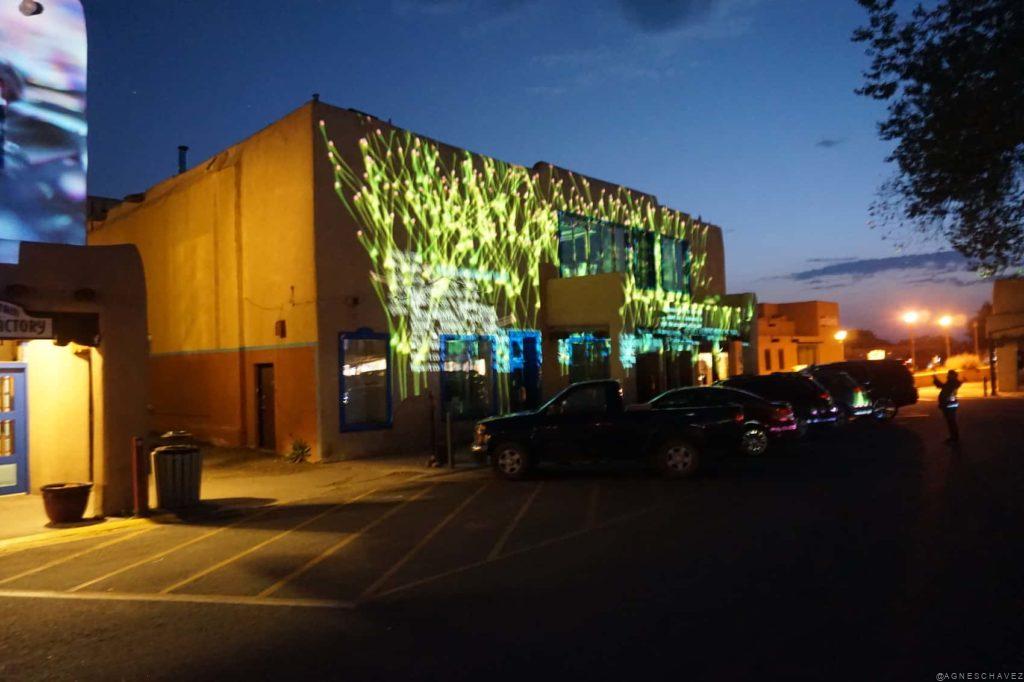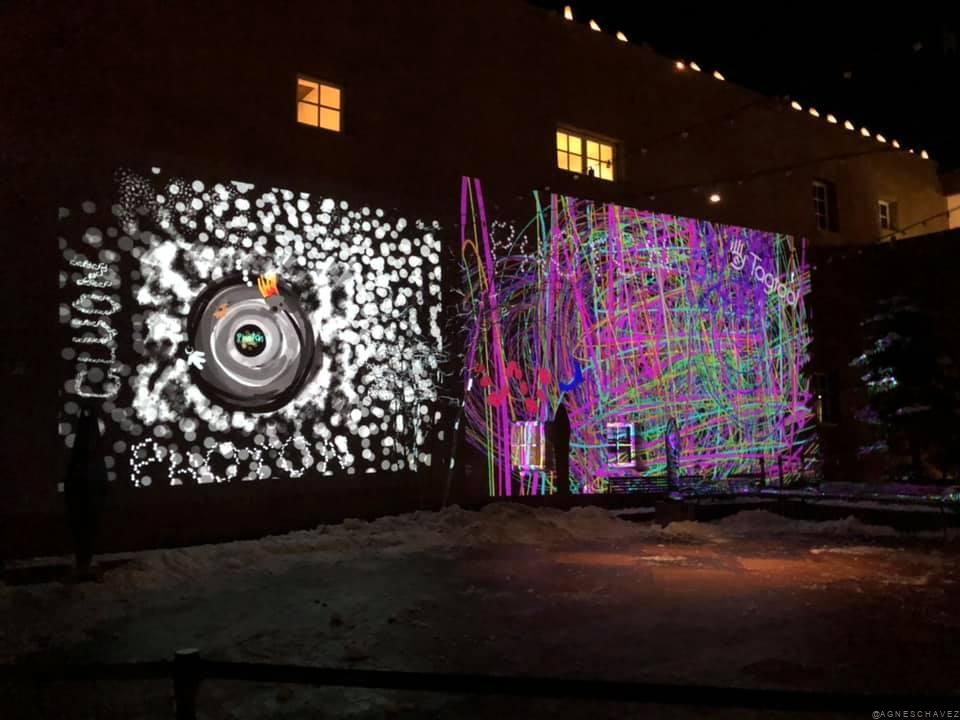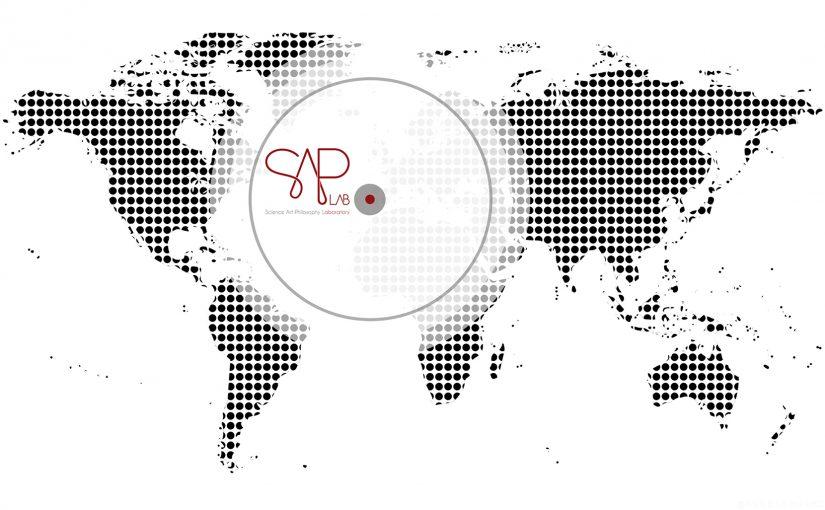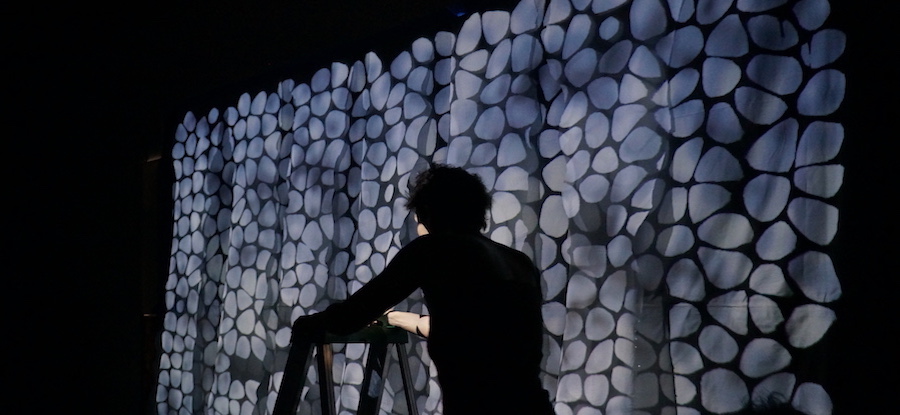R&D collaborations
The past three months have been intensely focused on the art and tech research and development for the neutrino [AR] installation. In May, while I was at my studio in Berlin, I took the opportunity to fly over to CERN to meet with my colleagues and do some research on neutrinos. Dr. Steven Goldfarb, has been my science mentor and collaborator since 2013 and we met to catch up. Roy MaDonald, coder on the project, joined me on this trip so we can work on ideas and a schedule to start building the AR installation inspired by neutrinos. We had several meetings with Dr. Umut Kose, whose work specializes in neutrinos for a crash course and to answer questions. Umut was a collaborator on the Fluidic Data installation in 2018 and he provided valuable information and ideas for this new collaboration. Roy and I continued working together in Berlin and by the end of the month had a design ready to build upon my return to Taos.
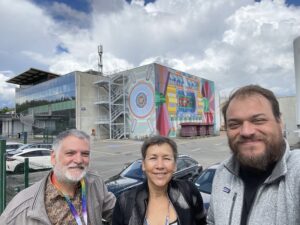
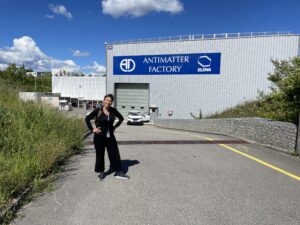
Augmented Reality experiments
Below are some images from the final installation, Neutrino Cloud (of Probabilities), in various stages of development. The printing and mounting was done by Barry Norris studio in Taos with AR consulting and graphic design assistance by Alison Johnson. The final metal sculpture built by master machinist, John MacArthur, holds a photomultiplier tube, used in neutrino experiments to detect neutrinos. When the viewer scans a QR code and then points their phone at the disk at the base of the sculpture, a generative animation appears through their phone which creates a feeling of wonder and awe.
Also during this time period, we have been developing spin-off AR installations that have emerged from this research. These have been working in collaboration with STEMarts youth ambassadors to engage them in this sci-art project. We presented an Augmented Reality Sky Hunt at the Los Alamos ScienceFest at the same time that the neutrino installation was showing. Both of these AR platforms now allow us to create new AR experiences to communicate science concepts.
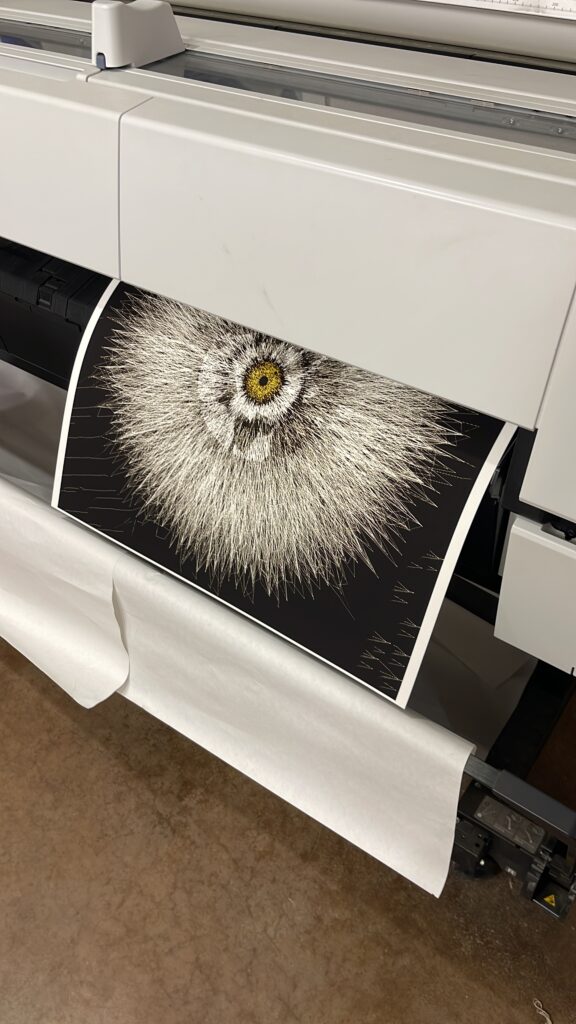

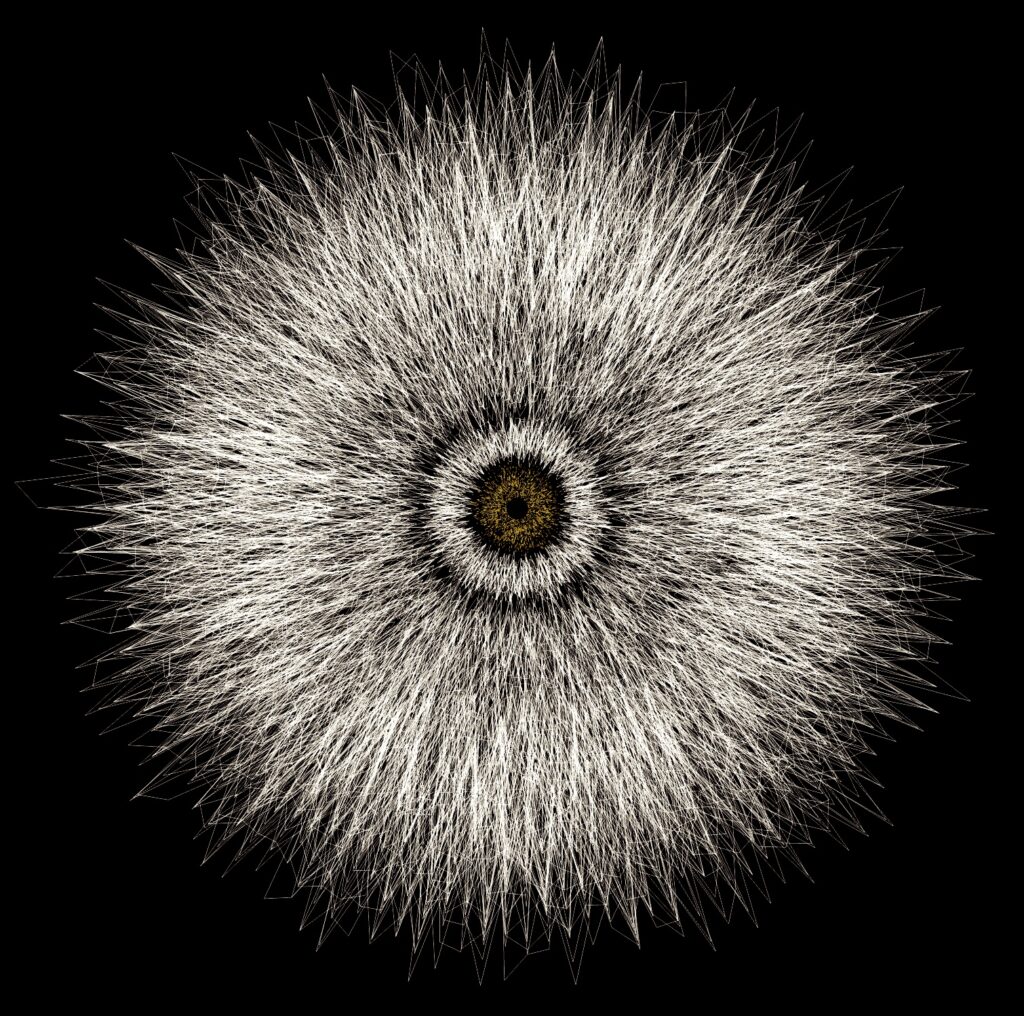



Synopsis
Below is the synopsis for the final installation which was presented at the Fuller Lodge Art Center, Los Alamos sci-art exhibit curated by Jacquelyn Connolly.
Neutrino Cloud (of Probabilities): A dynamic, interactive augmented reality experience
Artists: Agnes Chavez, FRA Guest Artist at Fermilab, concept and design, Roy Macdonald, creative consultant, John MacArthur, Metal sculpture , Dr. Umut Kose and Innes E. Bigaran, neutrino physicists, AR consultant/graphic design: Alison Johnson
This mixed reality (AR) experience is inspired by *neutrinos—tiny subatomic particles often referred to as “ghost particles.” Despite their minimal interaction with matter, neutrinos are among the most abundant particles in the universe. Upon activation, you’ll witness generative visualizations inspired by the behaviors and properties of these quantum particles. The sculpture features a *photomultiplier tube (PMT) bulb, a key component in *neutrino detectors for tracking these elusive particles.
What You Will See:
Upon activating the experience, participants will see visualizations inspired by neutrino particles and their quantum behaviors dynamically floating in, around, and above the sculpture. Initially, you will encounter a *probability cloud, symbolizing the neutrinos’ state of *superposition. Tapping the screen triggers a collapse of the *wave function, marking the moment a particle is detected or measured. Each ‘collapse’ produces a particle animation and places a red vibrating dot in the room, symbolizing the participation of each individual in the wave function collapse.
How to Interact
- Set your phone to lock orientation via the auto-rotate or rotate lock icon.
- Scan the QR code below.
- Point your mobile device toward the disk image at the base of the sculpture, holding it steady for a few seconds to activate tracking.
- Move your phone slowly to observe the images generating live in 3D space.
- Tap the screen to collapse the neutrino cloud into a red vibrating dot, representing the measured particle, to record your participation.
What’s next?
Now that we have created a platform for creating AR experiences, I plan to design several AR wall pieces that will be presented in conjunction with the sculpture. For this phase I will continue conversations with Fermilab physicists, Kirsty Duffy, Grace Cummings, Luis Mendoza and Innes E. Bigaran to inform the next series of works.

